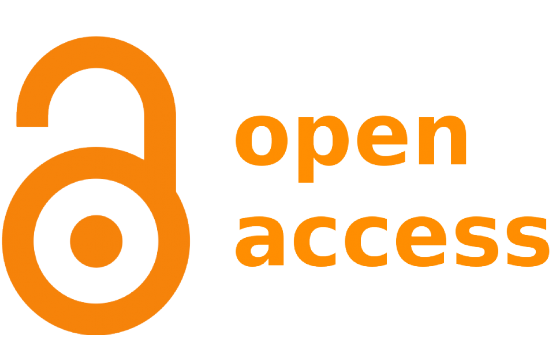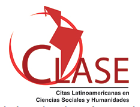Ação Afirmativa: instrumento de cidadania ou discriminação reversa?
DOI:
https://doi.org/10.5433/1679-0383.2004v25n1p3Palavras-chave:
Ação afirmativa, Quotas, Ensino superior, Cidadania, Discriminação reversa.Resumo
A ação afirmativa, cujos primeiros traços datam da década de 30, só ganhou contorno nos EUA a partir de meados do século XX. A ação afirmativa consiste num programa que objetiva resgatar a própria cidadania de indivíduos marginalizados pela sociedade em razão de discriminações, que não necessariamente a racial, como se tem conotado no Brasil. Não se confunde, entretanto, com o mero estabelecimento de política de quotas, dada a possibilidade de outros programas relacionados à ação afirmativa. É forçoso afirmar, contudo, que os programas de ação afirmativa brasileiros concentram-se em demasia sobre política de emprego de quotas para cidadãos negros. Posicionamentos contrários ou favoráveis à instituição de quotas passaram a ser levantados. Os princípios insertos na Constituição apresentam a permissibilidade de fomentação de ações afirmativas. Entretanto, as quotas que ora se pretendem instituir com percentuais de até 40% para cidadãos negros, inegavelmente, representam uma discriminação reversa. Concluí-se, portanto, que as discussões, ora mais ora menos acirradas acerca da instituição de quotas para cidadãos negros e pardos, no fundo, consistem no exercício de cidadania no tocante a junção de forças críticas para que direitos sejam garantidos e efetivamente viabilizados.
Downloads
Downloads
Publicado
Como Citar
Edição
Seção
Licença
Semina: Ciências Sociais e Humanas adota para suas publicações a licença CC-BY-NC, sendo os direitos autorais do autor, em casos de republicação recomendamos aos autores a indicação de primeira publicação nesta revista. Esta licença permite copiar e redistribuir o material em qualquer meio ou formato, remixar, transformar e desenvolver o material, desde que não seja para fins comerciais. E deve-se atribuir o devido crédito ao criador.
As opiniões emitidas pelos autores dos artigos são de sua exclusiva responsabilidade.
A revista se reserva o direito de efetuar, nos originais, alterações de ordem normativa, ortográfica e gramatical, com vistas a manter o padrão culto da língua e a credibilidade do veículo. Respeitará, no entanto, o estilo de escrever dos autores. Alterações, correções ou sugestões de ordem conceitual serão encaminhadas aos autores, quando necessário.



















